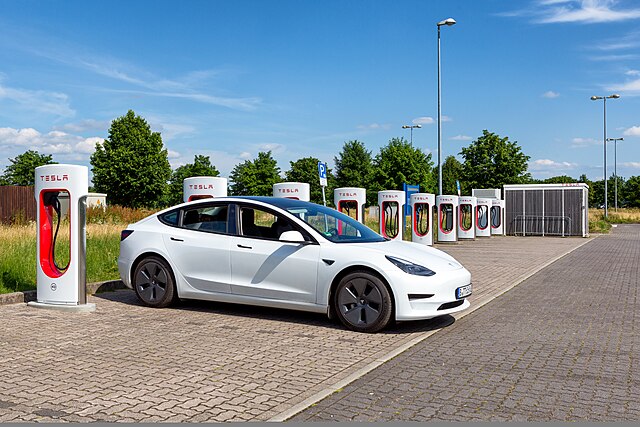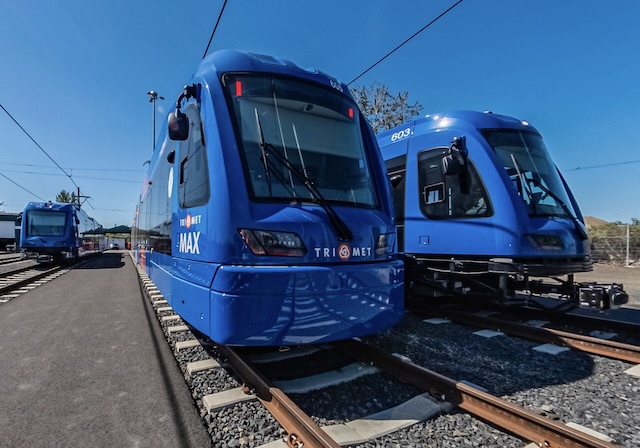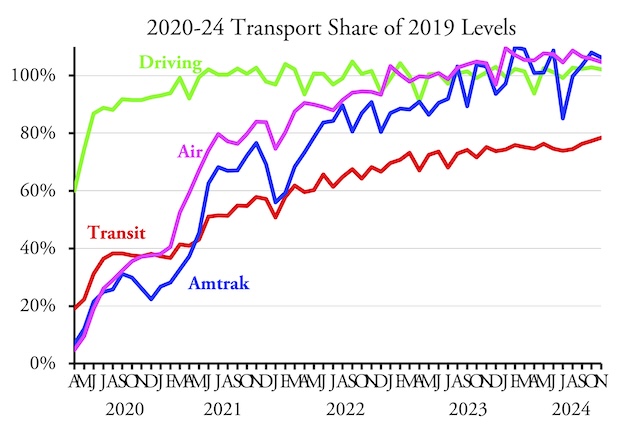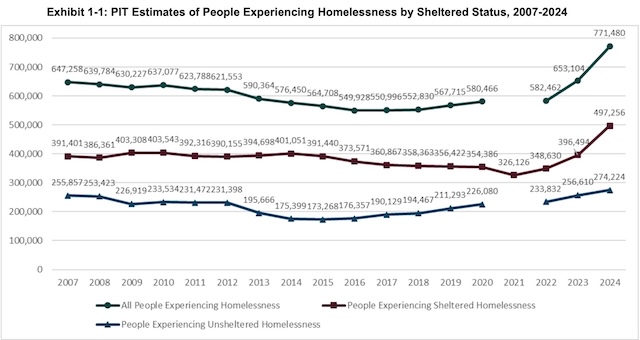One of the executive orders President Trump signed on Monday calls for ending federal subsidies to and preferences for electric vehicles. With numerous media reports that EV sales were already tanking, some think that Trump’s order will kill the market for electric vehicles. It won’t, but it will shift things around.
A Tesla Model S at a Supercharger station in Germany. Photo by Avda.
Curiously, Trump’s order is supported by Elon Musk. He claims he simply opposes all subsidies, but some think that he hopes an end to subsidies will benefit Tesla by discouraging other automakers from developing new electric vehicles. But there is a hidden cost to this order that could severely impact Tesla’s bottom line. Continue reading













